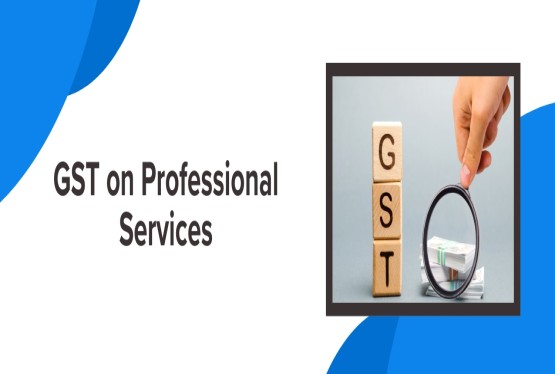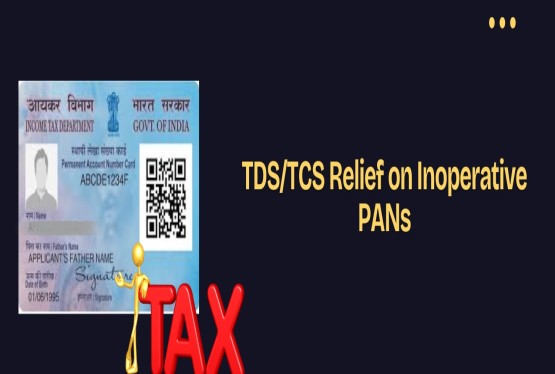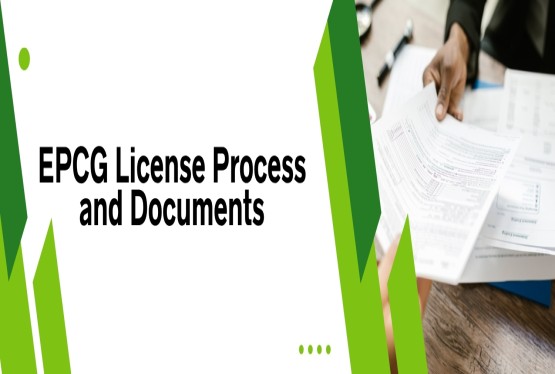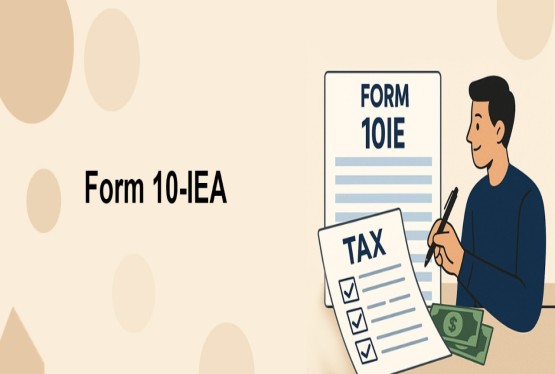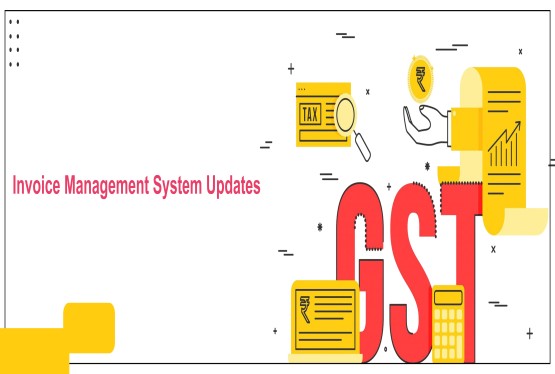The Goods and Services Tax (GST) regime in India introduced several important concepts, one of which is the concept of distinct persons. This article delves into who qualifies as a distinct person under GST, the implications of transactions between such entities, taxability of these transactions, and how services rendered between distinct persons are treated, especially in the context of exports.
Who is a Distinct Person Under GST?
Under GST law, businesses operating under a single Permanent Account Number (PAN) but with multiple GST Registrations are recognized as distinct persons. These could be:
-
Units or branches located in different states or union territories.
-
An establishment located in India and another located outside India.
-
Business verticals within the same state with separate GST registrations.
Every individual or business that becomes liable for GST registration must apply for registration in each state or union territory where they operate. This must be done within 30 days of becoming liable.
In some cases, businesses within a single state may have multiple registrations due to operational differences in terms of risk, function, and returns—these are treated as distinct persons too.
If a company, say “A Ltd.”, is based in Bangalore and has branches in Maharashtra and Germany, each of these branches would be treated as a distinct person under GST, even though they are part of the same legal entity.
Compliance Requirements for Distinct Persons
Since each GST registration corresponds to a separate distinct person, compliance such as filing returns, maintaining accounts, and paying tax must be done individually for each registration. This separation ensures that each branch or business vertical is treated as a separate taxpayer under GST.
Who is a Related Person Under GST?
Under Section 15(5) of the CGST Act, the term “related person” refers to individuals or entities that share close connections—such as ownership, control, or personal ties—which may influence how they conduct business with each other.
These relationships are important under GST because supplies between related persons must follow special valuation rules, even if sold at lower or no prices.
You are considered related if any of the following conditions apply:
-
Officer or Director Relationship: If one person is a director or officer in the business of the other. Example: A director in Company A is also involved in Company B’s operations.
-
Employer and Employee: If there is an employer-employee relationship. Example: A company and its staff are considered related.
-
Business Partners: If two persons are legally recognized business partners. Example: Partners in a firm or LLP.
-
One Person Controls the Other: If one person directly or indirectly controls the other’s business decisions. Example: Company A manages operations or finances of Company B.
-
Common Control by a Third Party: If both persons are controlled by the same third person. Example: A parent company controls two subsidiaries—they’re related.
-
Significant Shareholding (Over 25%): If one person holds more than 25% of shares or voting rights in both companies. Example: An investor with 30% shareholding in two companies.
-
Family Members: If the persons are part of the same family, such as spouse, parents, children, or siblings. Example: A father and daughter running separate companies.
Is Supply Between Distinct Persons Taxable Under GST?
Yes. According to Schedule I of the CGST Act, any supply made between distinct persons in the course of business is considered a taxable supply—even if there is no payment involved.
Example: A company in Delhi sends goods to its own branch in Chennai. Even though the company is just moving stock internally, GST considers this a taxable supply.
Before GST: Under VAT laws, such transfers weren’t taxed unless sold. Now, they are taxable at the time of transfer, even with no sale.
How is the Value of Such Supplies Determined?
When a supply happens between distinct persons, the value must be determined carefully. The Valuation Rules specify this order:
-
Open Market Value: What the goods/services would sell for in the open market.
-
Value of Similar Goods: If no market price, use the price of similar goods or services.
-
Cost-based Valuation:
-
Rule 4: 110% of the cost of producing or acquiring the goods/services.
-
Rule 5: Residual method (reasonable means based on best judgment).
-
Exception: If the recipient (the other branch) is eligible for full input tax credit, the invoice value itself is accepted as the transaction value—even if it’s lower than market price.
Export of Services Between Distinct Persons under GST
Under the GST regime, the export of services is given special treatment and generally qualifies for zero-rated tax benefits. However, not every cross-border service qualifies as an “export” under GST law.
To classify a service as an export of service, all five conditions under Section 2(6) of the IGST Act must be satisfied simultaneously:
-
The Supplier of Service Must Be Located in India: The person or business providing the service must have their principal place of business or fixed establishment in India.
-
The Recipient of Service Must Be Located Outside India: The person receiving the service must be located in a foreign country.
-
The Place of Supply Must Be Outside India: As per GST's place of supply rules (Section 13 of the IGST Act for international services), the service must be consumed or enjoyed outside India. Example: Consultancy or IT services used by a company overseas.
-
Payment Must Be Received in Convertible Foreign Exchange: The payment for the service must be received in convertible foreign currency (like USD, EUR, etc.) or via RBI-approved modes, ensuring foreign exchange inflow into India. This ensures the Indian government earns foreign currency from exports.
-
The Supplier and Recipient Must Not Be Mere Establishments of the Same Legal Entity: This is where many businesses get caught under GST. If the service provider and recipient are different branches, units, or offices of the same legal entity (i.e., under the same PAN)—even if located in different countries—they are considered distinct persons under GST law. Example: An Indian head office and its U.S. branch are both part of the same company with one PAN (Permanent Account Number). In such cases, Condition 5 fails, and the transaction does not qualify as an export.
What Does This Mean Practically?
If an Indian office provides services to its own foreign branch or unit, even though the service crosses borders:
-
It does NOT qualify as an export of services under GST.
-
It is treated as a taxable supply between distinct persons.
-
GST is levied on this transaction, and it cannot be claimed as a zero-rated export.
Before GST (Pre-July 2017):
Under the previous service tax regime, such cross-border intra-company services were often exempt, as long as the payment came from outside India.
Under GST Now:
These are no longer exempt. Even without a profit margin or consideration, such internal cross-border supplies are:
-
Treated as taxable supplies under Schedule I of the CGST Act (supplies without consideration between distinct persons).
-
Require invoice issuance and tax payment.
-
Must be properly reported in GST returns (e.g., GSTR-1 and GSTR-3B).
Implications for Businesses
Understanding the treatment of distinct persons under GST is essential for businesses operating across multiple states or countries. Since each distinct person is treated as a separate taxable entity:
-
They must issue tax invoices for inter-branch or inter-unit transfers.
-
Stock transfers become taxable transactions.
-
Services rendered between different branches may be taxed.
-
Export benefits are not available for internal transactions between distinct persons across borders.
These rules are especially relevant for large businesses with centralized service functions or supply chains that span multiple states or countries.
Conclusion
The concept of distinct persons under GST significantly affects how intra-company transactions are treated. Unlike the previous tax regime, where many such transfers were not taxed, GST mandates that all supplies—including stock transfers and internal services—between distinct persons are taxable.
While these rules ensure complete tax coverage and compliance, they can also increase the administrative burden for businesses. Seeking professional guidance is often necessary to correctly evaluate and comply with GST provisions relating to distinct and related persons.
Frequently Asked Questions (FAQs)
Q1. Who is treated as a "distinct person" under GST?
Ans. Under GST law, a business is considered a "distinct person" for each of its GST registrations, even if they operate under the same Permanent Account Number (PAN). This includes branches located in different states or union territories, foreign establishments of Indian businesses, and separately registered business verticals within the same state. Each registration is treated as a separate taxable entity, which means separate compliance is required, including individual return filing, invoicing, and record maintenance.
Q2. Are supplies between distinct persons taxable under GST?
Ans. Yes, supplies between distinct persons are taxable under the GST framework. According to Schedule I of the CGST Act, any supply of goods or services between branches or units with separate GST registrations is deemed a taxable supply, even if no consideration is exchanged. For example, when goods are transferred from a company’s head office in Delhi to its branch in Tamil Nadu, GST must be paid on the transfer—even though it's an internal transaction.
Q3. How are services between an Indian office and its foreign branch treated under GST?
Ans. Services provided by an Indian office to its foreign branch or unit are not treated as exports under GST if both are part of the same legal entity (i.e., under the same PAN). For a service to qualify as an export under GST, five conditions under Section 2(6) of the IGST Act must be fulfilled, including that the supplier and recipient must not be mere establishments of the same entity. If this condition fails—as it does in the case of intra-company cross-border services—the transaction is considered a taxable supply between distinct persons and is not eligible for zero-rated export benefits.
Q4. How is the value of supply between distinct persons determined?
Ans. The value of supplies between distinct persons must be determined using the valuation rules prescribed under GST. The priority is to use the open market value. If that’s not available, the value of similar goods or services is considered. If both are unavailable, cost-based valuation is applied, which is 110% of the cost of production or acquisition. In cases where even this doesn’t apply, the residual method based on reasonable judgment is used. Notably, if the receiving branch is eligible for full Input Tax Credit (ITC), the invoice value—regardless of whether it reflects market value—is accepted.
Q5. What compliance obligations apply to businesses with multiple GST registrations?
Ans. Businesses with multiple GST registrations must ensure full compliance for each distinct registration. This means they are required to file separate GST returns (such as GSTR-1 and GSTR-3B) for every registered unit or branch, maintain individual books of accounts, issue proper tax invoices for all inter-branch transfers, and pay GST accordingly. This structure, while comprehensive, adds to the compliance workload, especially for large or multi-state enterprises. Businesses must be diligent in tracking intra-company transactions to avoid penalties or input credit mismatches.








_crop10_thumb.jpg)




































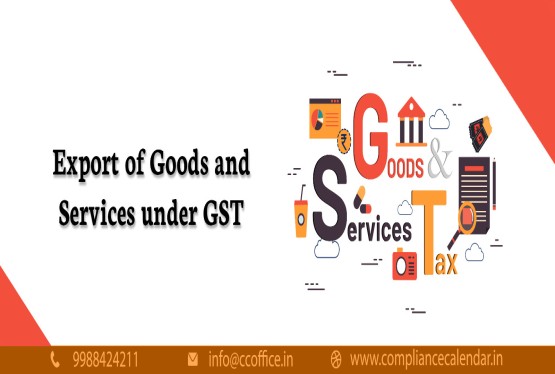













































_for_FY_2025-26_crop10_thumb.jpg)



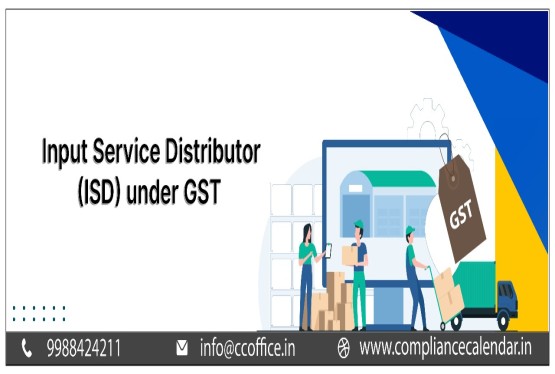








_learn_crop10_thumb.jpg)








_Filing_Due_Dates_for_FY_2024-25_learn_crop10_thumb.jpeg)
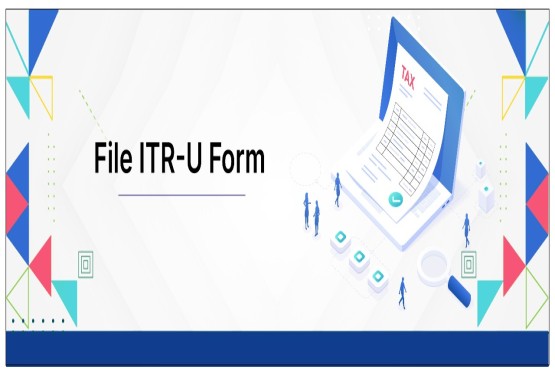

























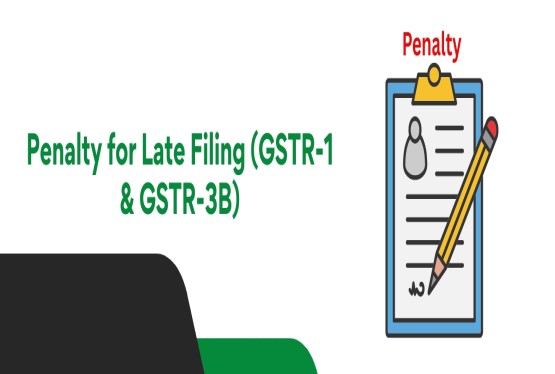












_of_GST_Act_learn_crop10_thumb.jpg)









_Under_GST_learn_crop10_thumb.jpg)









_crop10_thumb.jpg)


_crop10_thumb.jpg)






_learn_crop10_thumb.jpg)






















_of_the_Income_Tax_Act_learn_crop10_thumb.jpg)



_learn_crop10_thumb.jpg)






_learn_crop10_thumb.jpg)






_crop10_thumb.jpg)




















_in_The_Income_Tax_Act,_1961_learn_crop10_thumb.jpg)



_learn_crop10_thumb.jpg)



_of_the_Income_Tax_Act_learn_crop10_thumb.jpg)

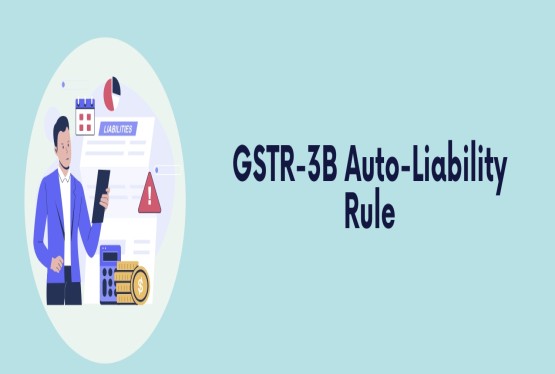
_Of_Income_Tax_Act_learn_crop10_thumb.jpg)








_learn_crop10_thumb.jpg)








_learn_crop10_thumb.jpg)
_crop10_thumb.jpg)

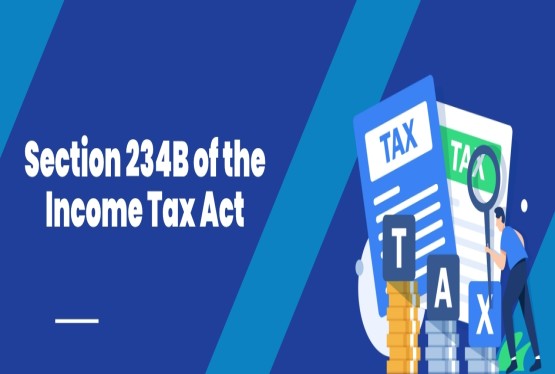




















_learn_crop10_thumb.jpg)
_for_Import_and_Export_learn_crop10_thumb.jpg)










